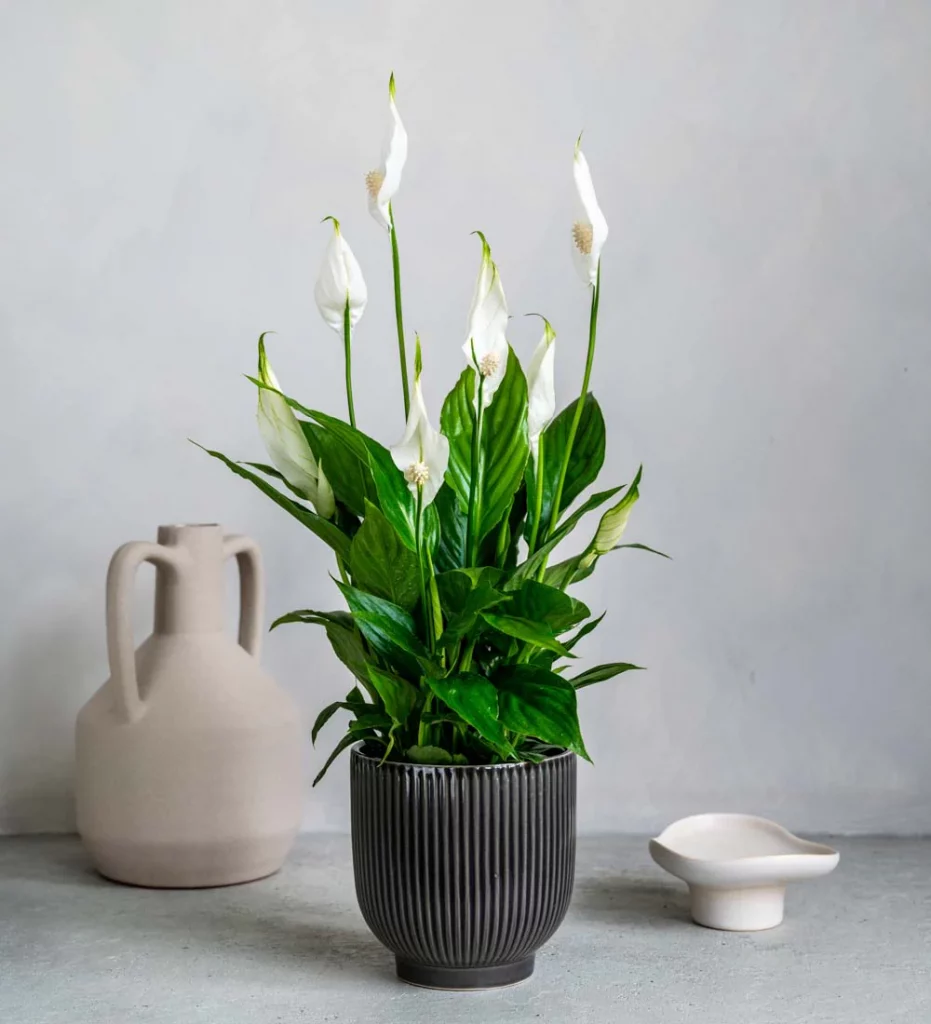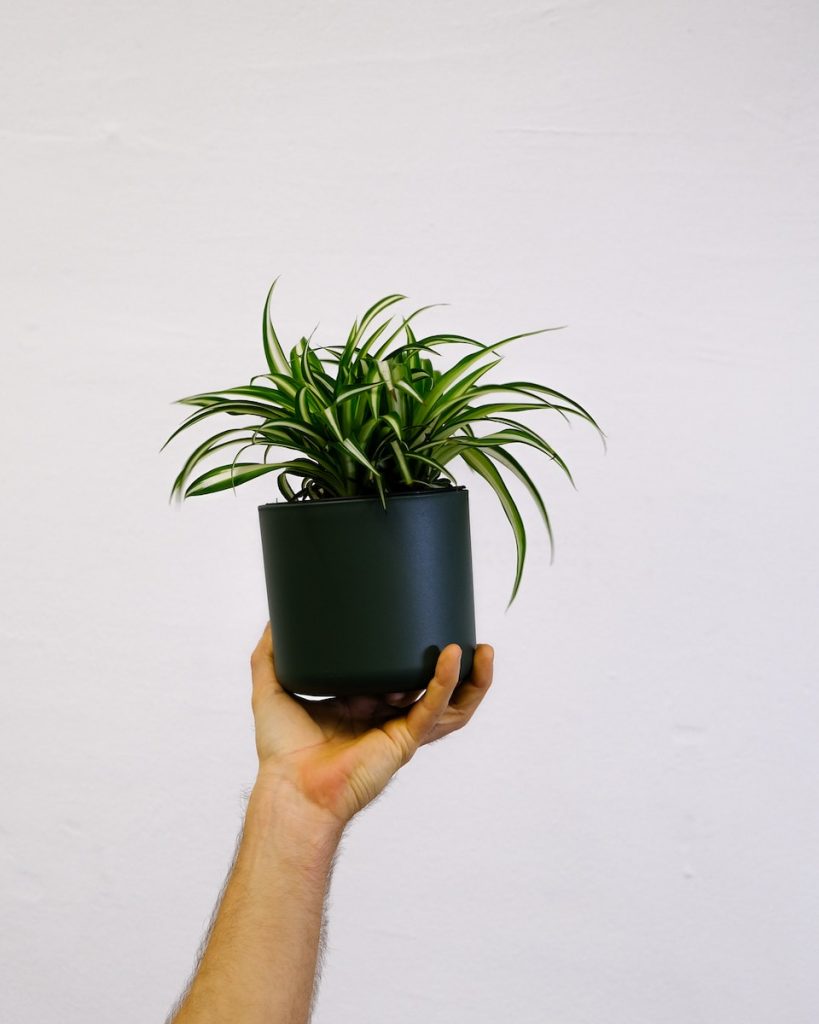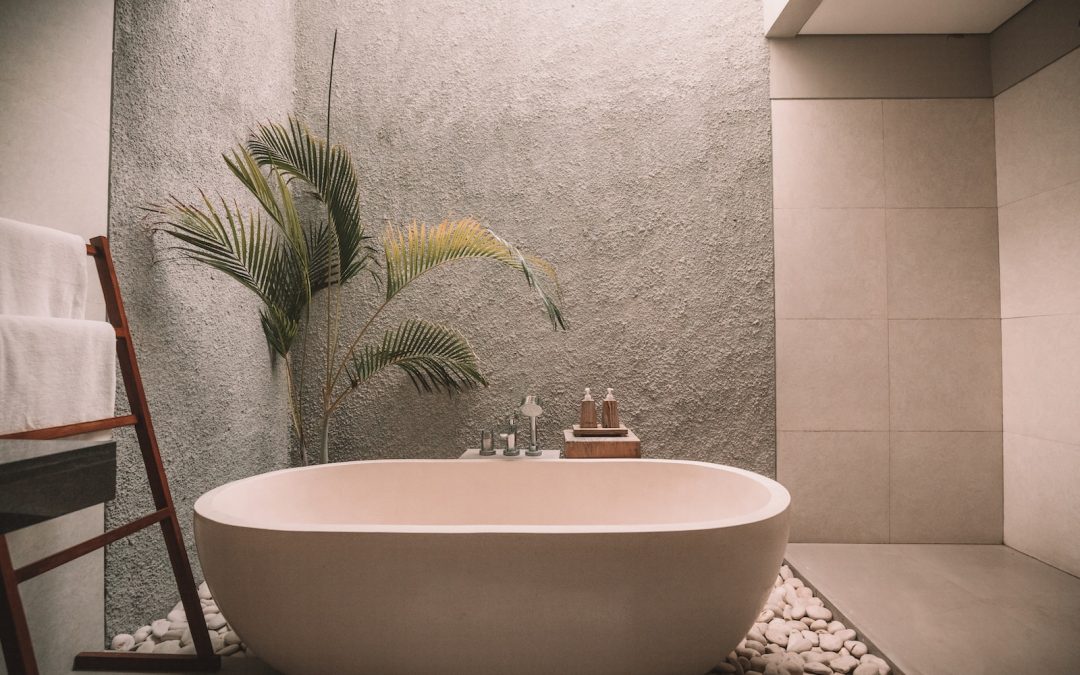The best plants for your bathroom don’t just survive the steam and low light – they actually enjoy it. With the right mix of species, you can turn your bathroom into a small, low-maintenance spa that feels fresher and more alive every day.
If you’re still getting used to watering, light, and general plant care, it’s worth pairing this with our Indoor Garden Care: Definitive Guide so your new bathroom plants slot neatly into a simple, stress-free routine.
Contents
- 0.1 What Makes a Good Bathroom Plant?
- 0.2 Best Plants for Your Bathroom
- 0.3 Where to Put Plants in Your Bathroom
- 0.4 Watering and Humidity Tips for Bathroom Plants
- 0.5 Keeping Bathroom Plants Looking Their Best
- 0.6 FAQs About the Best Plants for Your Bathroom
- 0.7 Final Thoughts on the Best Plants for Your Bathroom
- 0.8 Related Articles
- 1 Discover Indoor Plants That Boost Your Mood
What Makes a Good Bathroom Plant?
Before you start buying, it helps to know what actually works in a bathroom. The best plants for your bathroom usually share a few key traits:
They tolerate higher humidity from showers and baths.
They cope with lower or indirect light, especially in windowless or frosted-window rooms.
They don’t mind temperature swings, as long as it doesn’t get really cold.
They’re relatively compact, so they fit on shelves, window ledges, or small stands.
If you choose bathroom plants that naturally enjoy these conditions, they’ll need far less fuss and will stay attractive for longer.
Best Plants for Your Bathroom
Here are some of the best plants for your bathroom that generally stay manageable and forgiving, even if you’re not a plant expert.
1. Spider Plant
Spider plants are incredibly adaptable and love the extra humidity a bathroom provides. They’re happy in bright, indirect light but can tolerate lower light too. Hang them in a basket or pop them on a shelf and let the arching leaves and “baby” plantlets spill over the edges.
2. Boston Fern
Boston ferns thrive in the moist air most bathrooms provide, especially if yours tends to feel steamy after showers. They prefer bright, indirect light and evenly moist soil, making them one of the best plants for your bathroom if you like a softer, leafy look.
3. Peace Lily
Peace lilies enjoy humidity and medium light, making them a great choice for bathrooms with a window. They’ll reward you with glossy leaves and occasional white blooms. They also tend to droop slightly when thirsty, which makes it easier to know when to water.
4. Pothos (Devil’s Ivy)
Pothos is very forgiving and copes well with lower light. It’s ideal for hanging baskets, high shelves, or trailing from a cabinet. In a brighter bathroom, you’ll see more variegation; in lower light, the leaves may come through a bit greener, but the plant will still do well.
5. ZZ Plant
If your bathroom gets at least some natural light, a ZZ plant is a great low-maintenance option. It stores water in its rhizomes, so it doesn’t need frequent watering, and it tolerates lower light better than many other plants.

Where to Put Plants in Your Bathroom
Placement can make a big difference to how well bathroom plants do. Even the best plants for your bathroom will struggle in the wrong spot.
Near a window: Place humidity-loving plants like ferns and peace lilies where they get bright, indirect light without harsh midday sun.
On shelves or cabinets: Trailing plants like pothos and spider plants look great cascading down from higher spots.
On the floor: Taller plants (like a larger peace lily or a compact palm) can sit in corners where they’re out of the way but still catch the light.
Away from cold draughts: Avoid putting plants right by a regularly opened window in winter or next to a constantly cold wall.
A set of small self-watering pots for indoor plants can be especially handy in bathrooms, keeping soil evenly moist without constant checking.
According to RHS advice on growing houseplants in bathrooms, choosing spots with bright but filtered light and keeping plants away from strong draughts or extreme temperature changes helps them cope much better with everyday bathroom conditions.
Watering and Humidity Tips for Bathroom Plants
Bathrooms often feel humid, but that doesn’t mean you never need to water. The best plants for your bathroom still rely on you for consistent moisture.
Check the soil, not the calendar: Gently press a finger into the soil. If the top couple of centimetres are dry, it’s probably time to water.
Good drainage is crucial: Use pots with drainage holes so excess water can escape. Empty any saucers after watering.
Don’t assume humidity replaces watering: Steam helps with leaf health, but it doesn’t fully hydrate the roots.
Watch each plant individually: Ferns may need more frequent watering, while ZZ plants prefer to dry out more between drinks.
A compact moisture meter for indoor houseplants can help you avoid both overwatering and underwatering, especially if your bathroom doesn’t dry out as fast as other rooms.
Keeping Bathroom Plants Looking Their Best
Even the best plants for your bathroom will sometimes need a little light maintenance to stay fresh:
Wipe dusty leaves: Use a damp cloth to gently clean leaves so they can absorb more light.
Trim brown tips: If ferns or peace lilies get slightly crispy tips, trim them off for a tidier appearance.
Rotate pots: Turn plants every few weeks so they grow evenly and don’t lean heavily in one direction.
Watch for mould or mildew: If your bathroom is very damp, make sure there’s decent airflow. Open a window or use an extractor fan after long showers.
If a plant really struggles in your bathroom, don’t be afraid to swap it with something more tolerant. Sometimes it’s simply a mismatch between the plant and that specific room.

FAQs About the Best Plants for Your Bathroom
1. Can I keep plants in a windowless bathroom?
It’s harder, but not impossible. You’ll usually need a grow light or to move plants out to a brighter room regularly. Without any natural or artificial light, even the toughest bathroom plants will eventually decline.
2. Do bathroom plants really like humidity?
Many of the best plants for your bathroom, like ferns and peace lilies, genuinely benefit from higher humidity. It helps keep leaves lush and reduces browning on sensitive tips.
3. How often should I water bathroom plants?
There’s no single schedule. Check the soil regularly and water when the top feels dry. Some plants (like Boston ferns) may need more frequent watering, while others (like ZZ plants) prefer to dry out more.
4. Are bathroom plants good for air quality?
They can help improve the feel of the space and slightly freshen the air, especially if you choose varieties also known for air purification. But good ventilation is still the main factor in keeping a bathroom feeling fresh.
5. Can I use any potting soil for bathroom plants?
Use a well-draining indoor potting mix. Heavy, dense soil stays wet for too long in humid rooms and can encourage root rot or fungus gnats.
Final Thoughts on the Best Plants for Your Bathroom
The best plants for your bathroom are the ones that fit both your space and your lifestyle. Humidity-loving, forgiving species like spider plants, ferns, pothos, and peace lilies can transform even a small bathroom into a softer, more relaxing space without adding lots of work.
Start with one or two easy options in good spots, see how they cope with your light and routine, and add more from there. With a little attention to light, drainage, and watering, bathroom plants can stay healthy and attractive for years – and make getting ready in the morning feel a bit more like stepping into your own mini spa.
Related Articles
TURN YOUR WHOLE HOME INTO A CALM RETREAT
Discover Indoor Plants That Boost Your Mood
Once you’ve picked the best plants for your bathroom, you can carry that same calm, green feeling into the rest of your home. Our Mood-Boosting Indoor Plants guide shows you which plants help create a more relaxing, welcoming atmosphere in living rooms, bedrooms, and workspaces.

